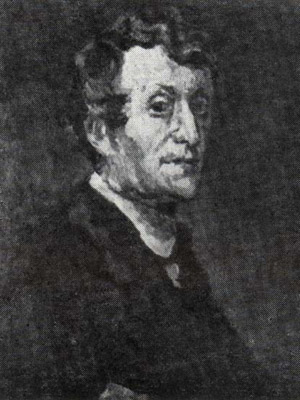
1892 - 1953
Alexander Osmerkin
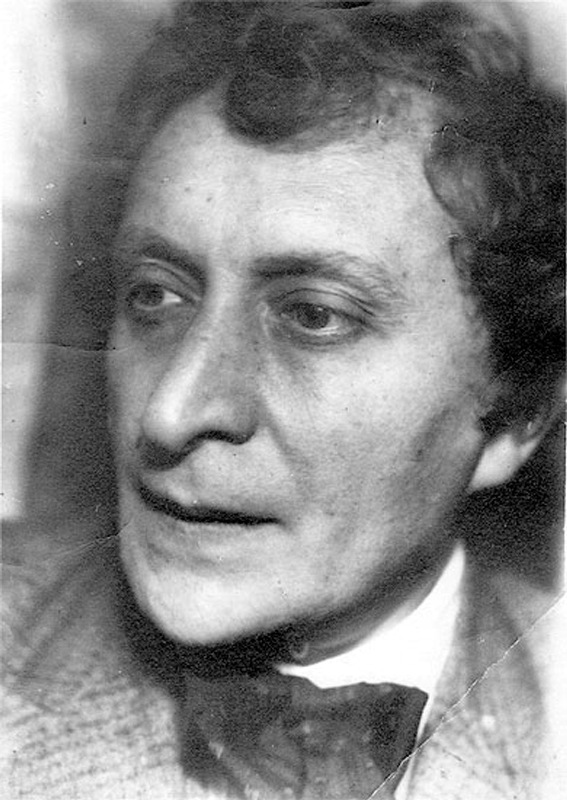
description
An outstanding Ukrainian artist Alexander Osmerkin was a member of the “Jack of Diamonds” art group, many other associations and groups, worked as a professor of painting at several higher art educational institutions and headed a personal workshop. In the 1940s, he came under the definition of “formalist” and “propagandist of Western art”, was dismissed from the Academy. He was forbidden to execute orders, exhibit and sell his works. Accepting the merits and talent of the master, the graduates of his workshop held the exhibition “In Memory of the Teacher”. An art and memorial museum was opened in the city of Kropyvnytskyi, the homeland of the artist, in the mansion where Osmerkin’s childhood passed; one prize is awarded in his name.
Key ideas:
– A. Deineka, a contemporary and colleague of A. Osmerkin, called him “a soft lyricist” and “a man of absolute art hearing”, who also was called “Don Quixote in art”. All three definitions precisely characterize the artist’s personality and directly reflected in his creative destiny. Also, he actively participated in home productions – scenes from Ukrainian life and classics. The emotions of Alexander, who adored theater and poetry, are reflexed in his works of the 1900s – “Romantic scene”, “Harlequin and Columbine”, etc.
– The artist never sided with the adherents of non-objective art; using the techniques of the “Russian Cezannists” and cubist elements, he did not apply these styles in a pure form. He did not adhere to the doctrine of the full flatness of the depicted objects; that is why even his cubist still lifes have a background depth and volume of objects.
– In the portrait genre, with the exception of the earlier works (such as the very expressive cubist “Portrait of the Unknown in the Top Hat”), the master adhered to realism; however, he painted not in the academic style but a vivid manner of post-impressionists. Late landscapes, especially still-life bouquets of the last years of his creative career, can be referred to this art movement and Impressionism. An expressive and dense smear alternates with soft touches of the fingers along the edges of the colourful layers, as if they collect shadow and light into single airspace. The combination of the thin layers of classical glaze and impressionistic “live” painting creates a special feeling of the materiality of the objects depicted.
– The artist that never forgot Ukraine came to his hometown, Elisavetgrad, which regularly changed its name became of the ideological whims of that era, several times. At home, he painted not only portraits of his father, nanny, neighboring children, but also created landscape painting “Ukraine”, taking as a basis the real place and the legend of the village of Lelekovka. Analyzing other works of the author, “Still Life with a Pandora”, “Ukrainian Village”, “Still Life with Sunflowers”, art critics rightly believe that the artist posed the question of self-identification and answered it in favour of establishing art with deep national features.
1892
1900
1910 - 1913
1914
1915 - 1917
1918 - 1919
1920 - 1922
1923 - 1926
1927 - 1929
1930
1940 - 1946
1947 - 1949
1953
Alexander Osmerkin was born
He studied drawing at the Zemstvo real school

He entered the class of N. Roerich of the St. Petersburg Drawing School
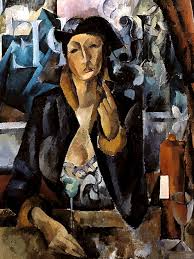
Took part in exhibitions of the “Jack of Diamonds”
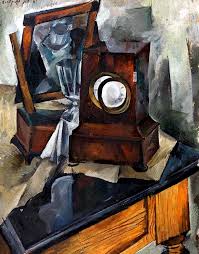
He was drafted into the army
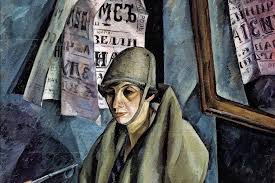
Designed plays for the theatres of Pyatigorsk and Moscow
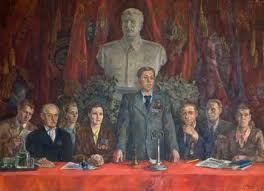
He joined the reorganized “World of Art”
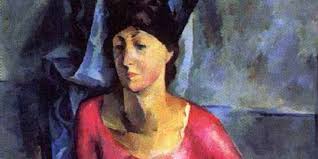
“World of Art”
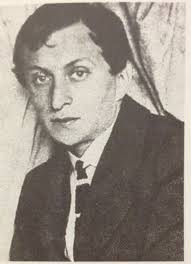
Visited Ukraine
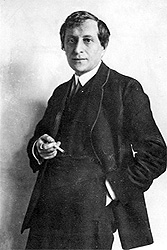
Participated in the anniversary exhibition “Artists of the Russian SFSR”

He presented 19 of his paintings at the exposition of the Union of Artists

He was dismissed from the institute for "formalism" and "propaganda of Western trends"

He died while working on a landscape
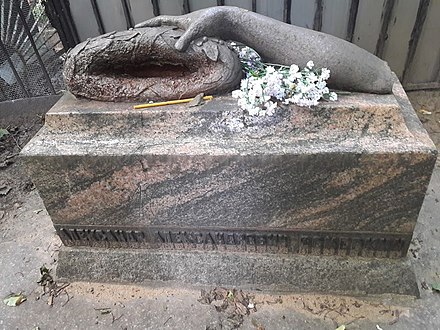
Alexander Osmerkin
On Artist
flow
Impressionism
Realism
Fauvism
friends
Yakov Vasilievich Pauchenko
Petr Konchalovsky
Alexander Kuprin
artists
Paul Cezanne
Ilya Mashkov
Kozachinsky Theodosius Safonovich
Nicholas Roerich
By Artist
flow
Cubism
friends
Anatoly Galaktionovich Petritsky
Amsha Markovich Nuremberg
Stepan Petrovich Yaremich
Aristarkh Lentulov
artists
Abdulhak Aksakalovich Abdullaev
Augustovich Alexey Ivanovich
Anton Nikolaevich Chirkov
Tokarev Vyacheslav Vasilievich
Tikhomirov Alexander Dmitrievich
Skuin Elena Petrovna
Savinov Gleb Alexandrovich
Teterin Victor Kuzmich
Pustovoitov Fedor Stepanovich
Ponomarev Nikolay Afanasevich
Pen Warlen
Pavlovsky Genrikh Vasilievich
Osipov Sergey Ivanovich
Lev Nikolaevich Orekhov
Moiseenko Evsey Evseevich
Markin Sergey Ivanovich
Lyubimova Vera Alexandrovna
Kolozyan Babken Adamovich
Ivanov-Radkevich Mikhail Pavlovich
Ivanov Viktor Ivanovich
Zaitsev Evgeny Alekseevich
Gulyaev Alexander Georgievich
Godlevsky Ivan Ivanovich
Gavrilov Vladimir Nikolaevich
Bulgakova Matilda Mikhailovna
Bogaevskaya Olga Borisovna
Evgenia Vasilievna Baykova
Aslamazyan Eranui Arshakovna
Antipova Evgenia Petrovna
Porfiry Nikitich Krylov
Mher Manukovich Abeghyan
Max Birstein
Nina Neratova
